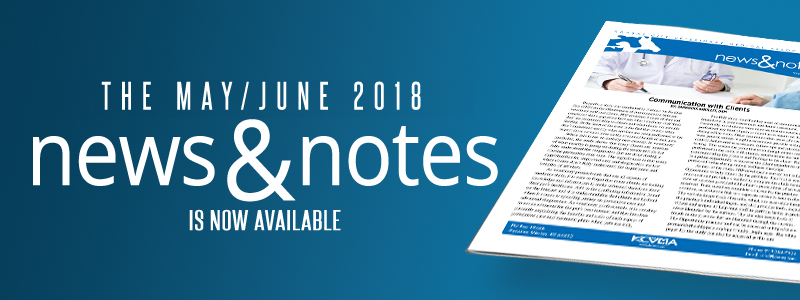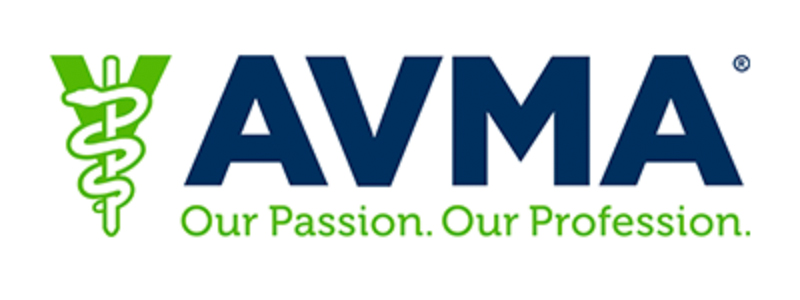BY: SAMANTHA BARTLETT, DVM
Recently, a study was conducted by Partners for Healthy Pets (PHP) on the effectiveness of communication between veterinary staff and clients. PHP reviewed 5 years of data and concluded that a gap exists between what veterinary staff think they are communicating to clients and what clients are actually hearing. At the heart of the issue is the fact that owners often don’t understand exactly what services are being performed or the impact those services have on the continued health of their pets.
While this is not an entirely new concept in veterinary medicine, the study shows that many clients are unaware of what exactly is going on during the exam and do not fully understand the diagnostics that are done during a routine preventive care visit. The significance is that many opportunities for improved care and diagnostics are lost when clients don’t fully understand the importance and benefits of services.
As veterinary professionals that see all aspects of medicine daily, it is easy to forget that many clients are lacking knowledge and information to make informed decisions about their pet’s healthcare. Add in the conflicting information found on the internet and it is understandable that clients are hesitant when it comes to spending money on preventive care and advanced diagnostics. As veterinary professionals, it is our duty to act as advocate for the pet’s best interest and that involves patiently explaining the benefits and risks of each aspect of preventive care and treatment plans when pets are sick.
The PHP study identified key areas of communication breakdown in pain assessment and dental assessment. Essentially, most clients were unaware that the veterinary staff performed any kind of pain or dental assessments on their pets during office visits. Other communication areas of concern were general exams, weight assessments, parasite testing and control, behavioral assessments, follow-ups and retrovirus testing. This makes the point that even though exams are performed in the room with clients, veterinarians are not always communicating the process and findings to the client. This is a prime opportunity to increase the client experience and perceived value during annual wellness checkups.
As part of the study, PHP developed a survey tool called The Opportunity to help clinics fix the problem. This tool is available at no cost and provides a method to compare the clinic team’s view of services provided with client’s perceptions of services received. Team members complete a survey for the practice. In addition, an invitation link to a separate survey is sent to clients. The website keeps track of results, which are accessible through the practice’s individual logon, and also provides tools, including videos and scripts, to help train staff to perform better in problem areas identified by the surveys. The site also keeps track of trends in the practice that are identified through the surveys. The Opportunity practice tool can be accessed at https://www.partnersforhealthypets.org/opportunity_login.aspx. The white paper for the study can also be accessed at this site.











